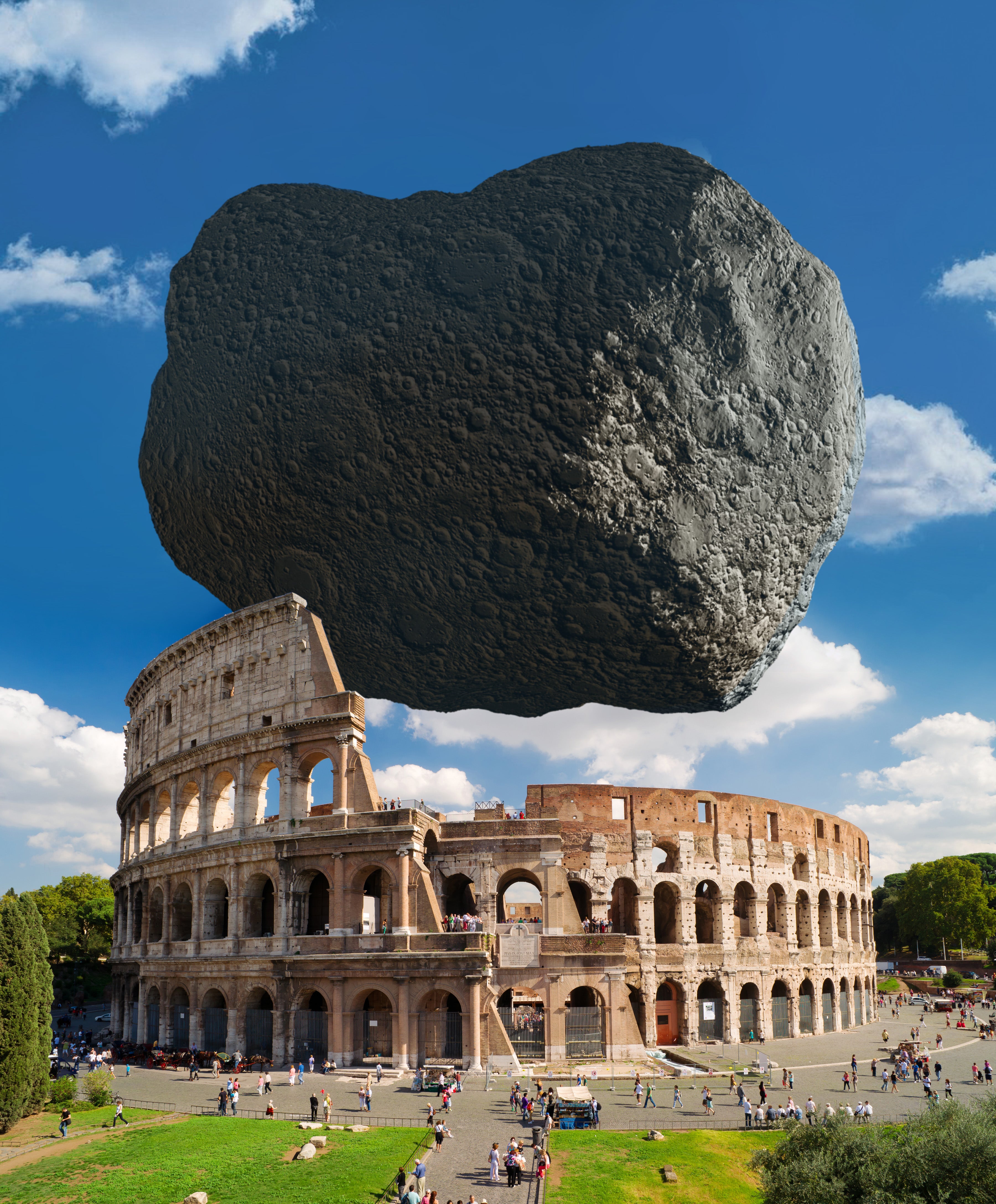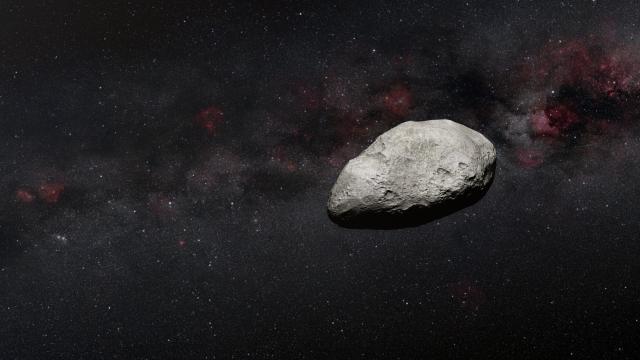One of the solar system’s 1.1-million-plus asteroids was recently spotted by the Webb Space Telescope, from a distance of about 99 million kilometres. The asteroid is relatively small, making it a showcase of the new space observatory’s sharp vision.
The object is between 99.97 m and 199.95 m across, putting it in the same ballpark as the moonlet Dimorphos or the Roman Colosseum. Dimorphos is the space rock struck by NASA’s DART mission in September.
These objects are pretty small by asteroid standards. Asteroids can be 966 km wide, according to Britannica, and the newly spotted one is among the smallest ever detected in the main belt.
Webb and the Hubble Space Telescope both observed the aftermath of the DART impact, showing that the space-based observatories can see such small bodies. But Dimorphos and its larger companion, Didymos, are just 6.8 million miles away. (Just.) The newly imaged asteroid is nearly 10 times more distant.
Researchers using Webb data were not searching for the asteroid; they happened upon it in calibration data from the MIRI instrument, Webb’s mid-infrared imager. MIRI was imaging a main-belt asteroid named 10920 1998 BC1, which was discovered 25 years ago. The smaller body of the newfound asteroid intervened.

“We — completely unexpectedly — detected a small asteroid in publicly available MIRI calibration observations,” said Thomas Müller, an astronomer at the Max Planck Institute for Extraterrestrial Physics in Germany, in an ESA release. “The measurements are some of the first MIRI measurements targeting the ecliptic plane and our work suggests that many, new objects will be detected with this instrument.”
To confirm that the object is indeed a previously unknown asteroid, the team will do followup studies on some of the background stars in the MIRI image, to get a better idea of the object’s orbit. Those studies may turn up yet more hitherto-unknown, petite planetesimals.
“This is a fantastic result which highlights the capabilities of MIRI to serendipitously detect a previously undetectable size of asteroid in the main belt,” said Bryan Holler, Webb support scientist at the Space Telescope Science Institute, in the ESA release. “Repeats of these observations are in the process of being scheduled, and we are fully expecting new asteroid interlopers in those images!”
Dedicated — that is to say, intentional — observations of very small bodies in the future could see Webb spotting asteroids less than a kilometre across, according to the same release.
Given that Webb was designed to see clear across the universe, to some of the oldest light we can see, it is a marvel that it can also view objects so small as well.
More: New Hubble and Webb Images Capture Aftermath of DART Asteroid Smash Up
